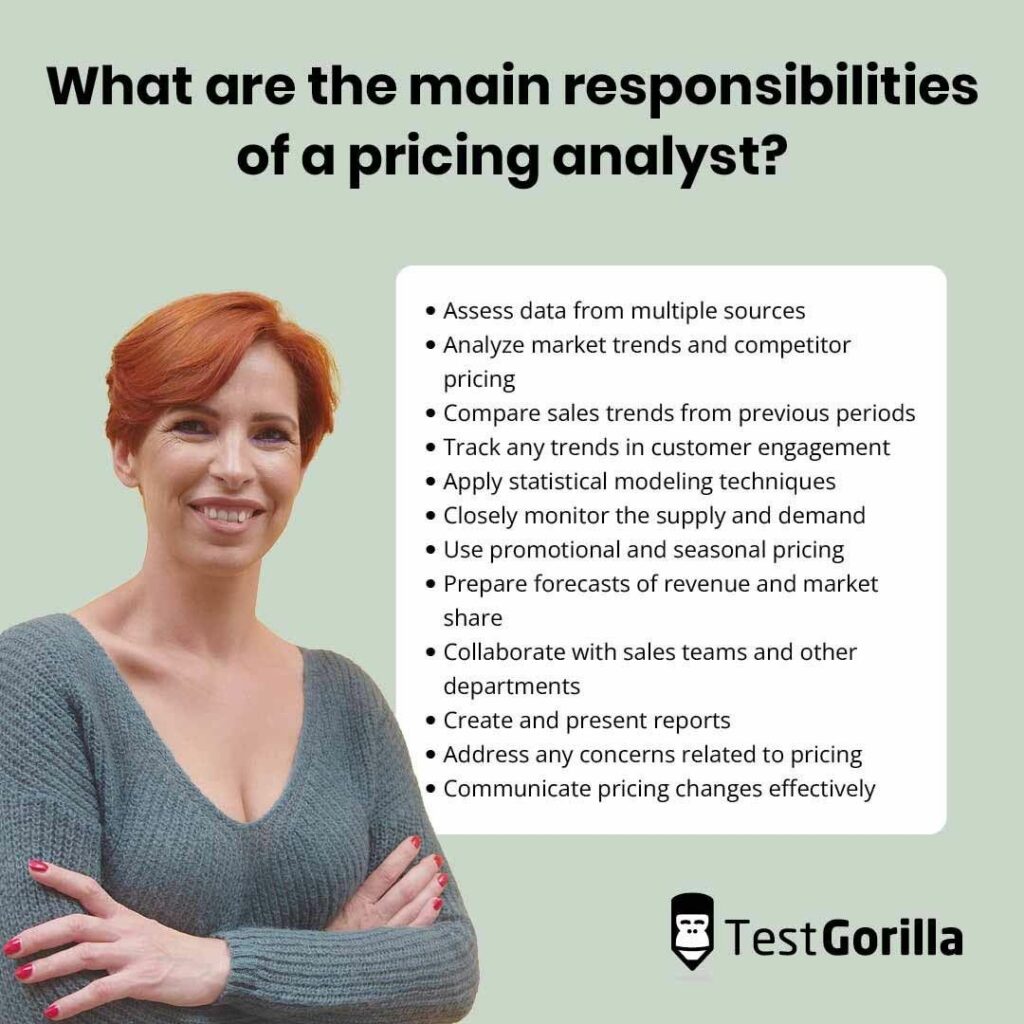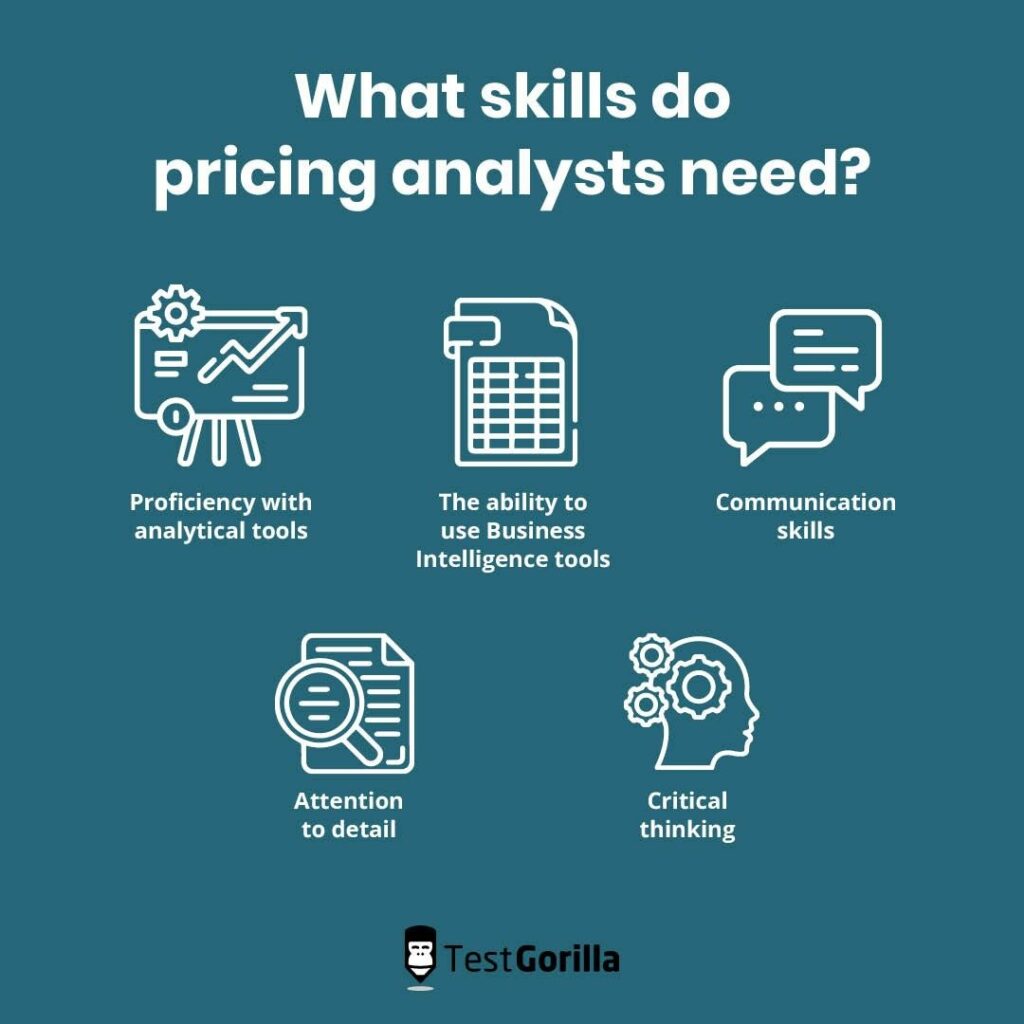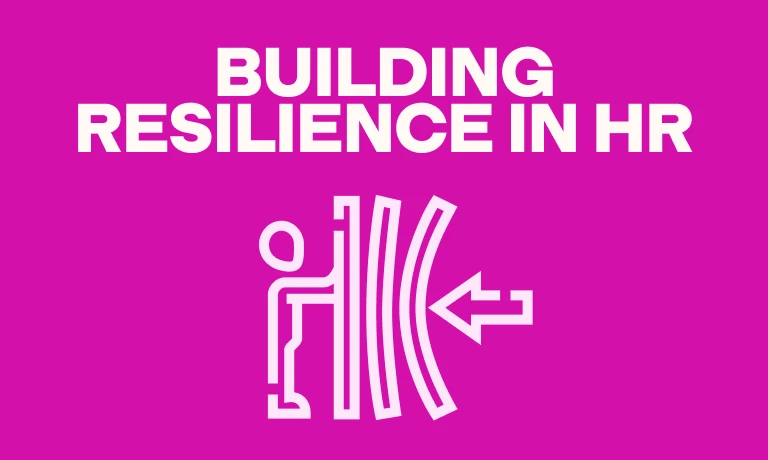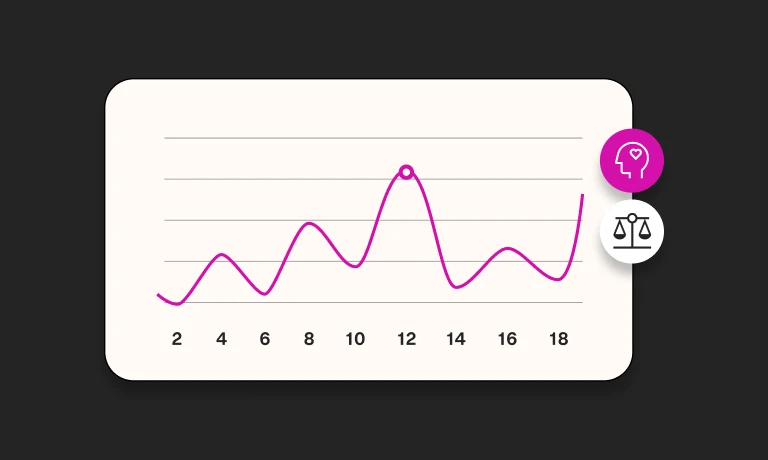Your company is as strong as its workforce. You need creative and resourceful people to build your products, quick-witted and analytical marketing professionals to advertise them, and confident and eloquent salespeople to sell them.
However, one important role is often overlooked: the pricing analyst. There’s more to building a successful business than making the best products. To make sure your products end up in the hands of people who need them, you need to set the right prices.
Setting too high of a price can be just as bad for profits as setting one that is too low.
Finding the best price is not simply a matter of choosing a random number or following your competitors’ example. There’s a delicate balance between economics and psychology. A good pricing analyst will help you answer key questions, including the following:
What are your manufacturing costs?
Are your company’s desired margins realistic compared with the product demand?
Is the market in flux right now?
How can you make this all work out best for your organization?
Many industries require the work of a pricing analyst, including some you may not expect. Some of these industries include:
Construction
Manufacturing and distribution of goods
Pharmaceuticals
Finance and banking
Insurance
Agriculture
Law
Hiring a highly qualified pricing analyst is essential for the success of your business. Keep reading to learn more about hiring a good pricing analyst below.
What is a pricing analyst?
What strategy should you use when you set a price for your product? Does the market see it as an innovation or an essential? How will pricing affect sales and customer behavior? Who are your most high-value customers? Are you giving away too much of this product for free?
These are all questions that a pricing analyst can help you answer.
Pricing analysts also monitor how your competitors set their prices to make sure yours are competitive. They then analyze the data and formulate strategies for increasing profits.
What are the main responsibilities of a pricing analyst?
A successful pricing analyst must be able to:
Assess data from multiple sources; these data can include manufacturing costs, production requirements, and past performance reports and be used in developing effective pricing strategies
Analyze market trends and competitor pricing to increase market share
Compare sales trends from previous periods to determine which strategies lead to increasing and decreasing profits
Track any trends in customer engagement to develop more efficient pricing strategies
Apply statistical modeling techniques to determine the impact of pricing on profitability
Closely monitor the supply and demand of products or services to find opportunities for higher profit
Use promotional and seasonal pricing to optimize sales and increase business revenue
Prepare forecasts of revenue and market share based on trends, production costs, and any other relevant data
Collaborate with sales teams and other departments to help them establish and achieve their goals
Create and present reports for relevant departments that accurately represent metrics, project status, objectives, and challenges
Address any concerns related to pricing that may be raised by executives and team members
Communicate pricing changes effectively to staff members
Pricing analyst vs financial analyst: What’s the difference?
Pricing analysts and financial analysts are both key roles in many businesses. They are frequently mentioned together, and people can sometimes confuse their responsibilities.
Many of their tasks are similar – both roles involve collecting data, researching the market, and analyzing financial reports. However, there are some major differences between the two roles. We’ll describe three of them here.
Job duties
Both pricing analysts and financial analysts can help your company make smart and effective financial decisions, but they do this in different ways.
Financial analysts look at the bigger picture with an eye toward the future. They collect and analyze financial data to make well-informed, profitable decisions about future investments and other financial planning matters.
Pricing analysts, on the other hand, deal with the more immediate concerns of setting prices and monitoring market conditions in real-time.
Daily responsibilities
Financial and pricing analysts perform many similar tasks but focus on different aspects of a business. Therefore, their problem-solving strategies can be quite different.
Pricing analysts try to increase sales by adjusting prices or offering additional incentives
Financial analysts try to improve profitability by finding new sources of capital or reducing manufacturing costs
Skill set
Although both job positions require good analytical skills to evaluate data and come up with effective solutions, they require different sets of skills beyond that.
Pricing analysts benefit from experience with statistical analysis and data-organizing software such as Excel or SQL. In fact, proficiency in Microsoft Excel is a baseline skill that is specifically mentioned in 68% of job postings for pricing analysts.
Financial analysts make more use of accounting skills and financial modeling techniques.
What skills do pricing analysts need?
So, what skills do you need to be a pricing analyst? And how can hiring managers test each skill accurately and objectively?
Here are the top skills that a pricing analyst needs to be successful.
Proficiency with analytical tools
The job of a pricing analyst includes a lot of data collection and analysis. Analysts can achieve greater precision and objectivity by using analytical software to quickly compute, organize, and evaluate data. Proficiency in presentation tools like PowerPoint is important, too.
You can use pre-assessments to evaluate your candidates’ skills with analytical tools. Try TestGorilla’s Microsoft Excel test to make sure your future employee has a good understanding of this tool and its basic functionality.
The ability to use BI tools
Another hard skill that is essential for pricing analysts is proficiency with business intelligence (BI) tools. These tools are used to collect, process, and operate large unstructured data to create actionable business solutions. The ability to analyze and use data productively is strongly tied to one’s skills with BI tools.
Some examples of popular BI tools are Business Objects, Tableau, and Cognos. You can quickly evaluate your candidates’ skills with such software by using data-based skills assessments. It takes just 10 minutes to identify qualified candidates using the Tableau test.
Communication skills
Research from McKinsey shows that improving internal communication can increase productivity by 20% to 25%. The job of a pricing analyst requires communicating with executives, sales and marketing staff, and other relevant teams. A pricing analyst who fails to collaborate with staff members can’t do their job effectively.
Use the Communication test to evaluate your candidate’s written and verbal communication skills.
Attention to detail
Attention to detail is a crucial skill for performing data analysis. Even overlooking something small can cost your company a fortune when it comes to setting prices.
That’s why it’s important to identify your pricing analyst’s ability to pay attention to textual detail when processing data. Try the Attention to Detail (Textual) test to determine their skill level.
Critical thinking
Pricing analysts have to possess strong analytical and research skills, as well as the ability to apply sound judgment and evaluate opportunities objectively. Can your candidate think critically and independently? Critical-thinking skills are vital in solving complex problems.
The Critical Thinking test can help you evaluate your future employee’s aptitude in this area.
The best insights on HR and recruitment, delivered to your inbox.
Biweekly updates. No spam. Unsubscribe any time.
How can you hire a pricing analyst?
To make your hiring process more efficient, it’s best to use a combination of recruitment methods.
Skill assessments provide you with a less biased, more objective evaluation of your candidates. They enable you to easily see who is qualified for the job role and reduce the number of candidates you invite for an interview.
You can use skills tests to evaluate both hard and soft skills and see how candidates perform on-the-job tasks. Removing human bias from the equation helps you recruit a more diverse team. This can be a huge advantage given that the productivity of diverse companies is 1.32 times higher than that of businesses lacking diversity.
Conducting structured interviews as your next step can give you a deeper, more personal look into your candidates’ strengths, weaknesses, and motivation. Using a multilayered approach when you’re hiring will help you optimize your hiring process and find the best candidate for your business.
What’s the average salary of a pricing analyst?
The average salary of a pricing analyst will vary depending on location, the size of the organization that employs them, and the experience of the analyst.
Usually, larger businesses that sell high-end products pay more than smaller companies. The payment may also depend on the type of industry; analysts working in specialized business-to-business industries can expect higher salaries.
The average base salary for a pricing analyst in the United States is $65,187 per year. Salaries in Europe are comparable, with an average annual salary of €58,637 in Germany and €59,600 in the Netherlands.
Typically, the career path of a pricing analyst follows these steps:
Earn a degree in Business Administration or a similar field. According to Glassdoor, 89% of pricing analysts have a bachelor’s degree.
Get an entry-level position as a pricing analyst.
Gain more experience and progress in your career path by applying for more advanced positions, such as project manager, product manager, senior product manager, and, eventually, product management director.
Hire the best pricing analyst with TestGorilla
Hiring the right pricing analyst for your organization is a complex task, but there are things you can do to make the process easier.
There is always some risk when you’re recruiting new employees, but with the right tools, you can optimize the process until it’s almost effortless. Use skills assessment tests and structured interviews to make sure you’re hiring the best pricing analyst for your business.
Skills tests enable you to evaluate your applicants’ skills accurately and without bias. That way, you can interview only the best candidates, making your hiring process faster and more effective.
Why not look through our test library to find the right tests for your open role? Save yourself a lot of time, energy, and money – try TestGorilla today.
You've scrolled this far
Why not try TestGorilla for free, and see what happens when you put skills first.
















